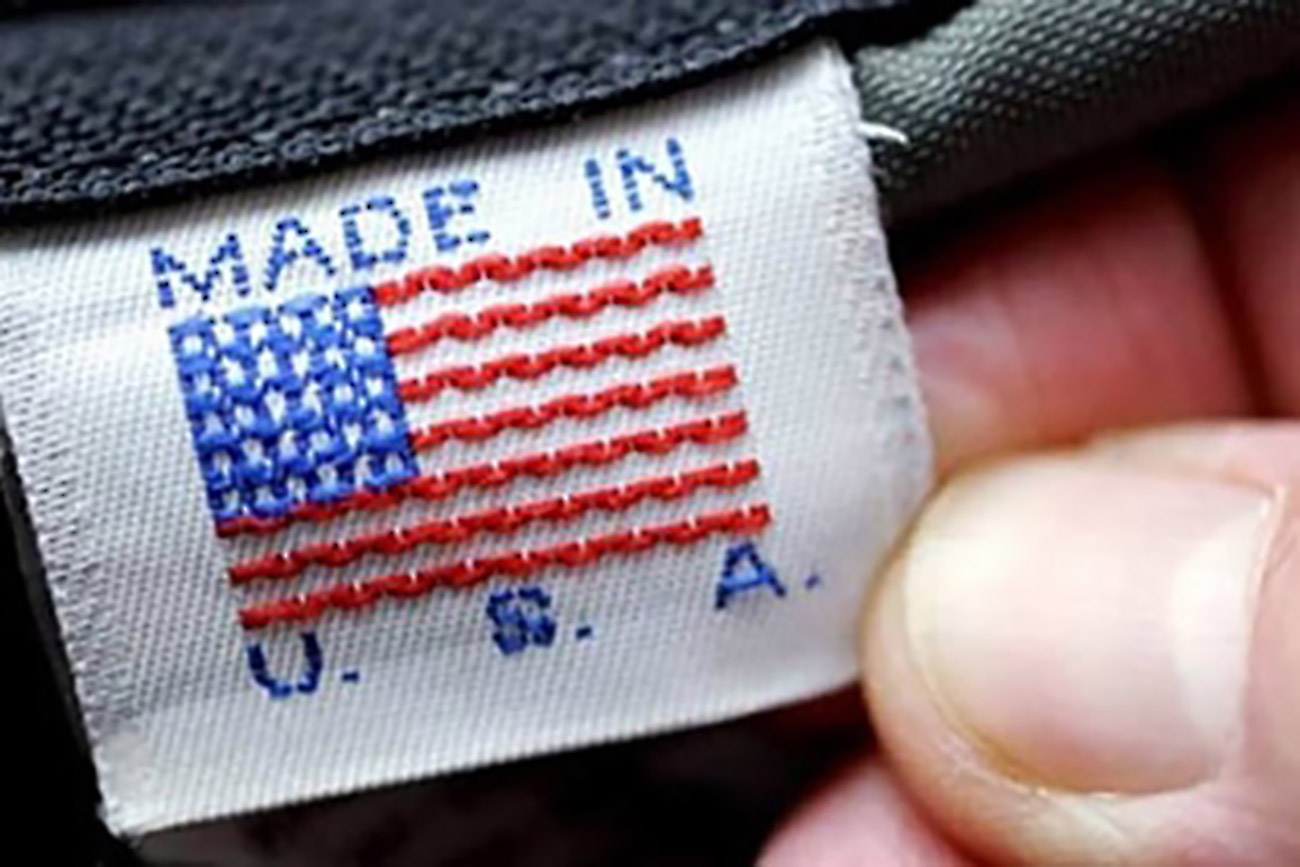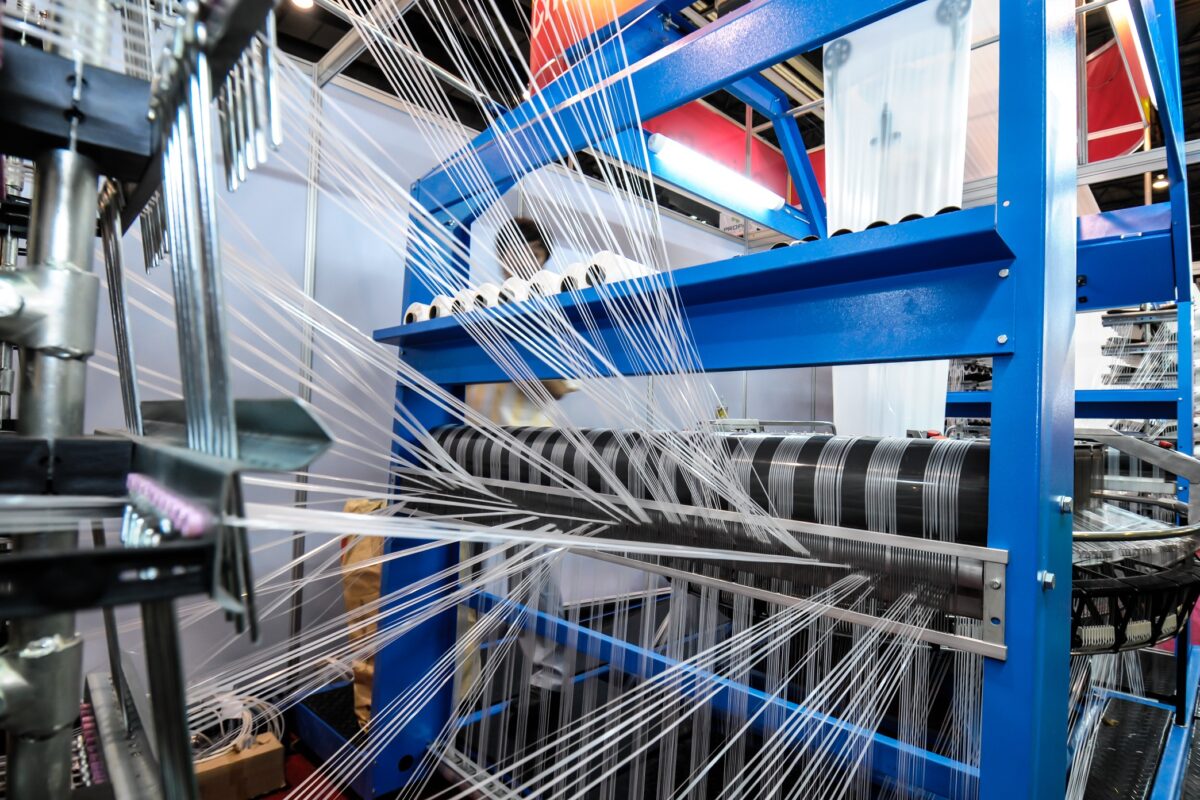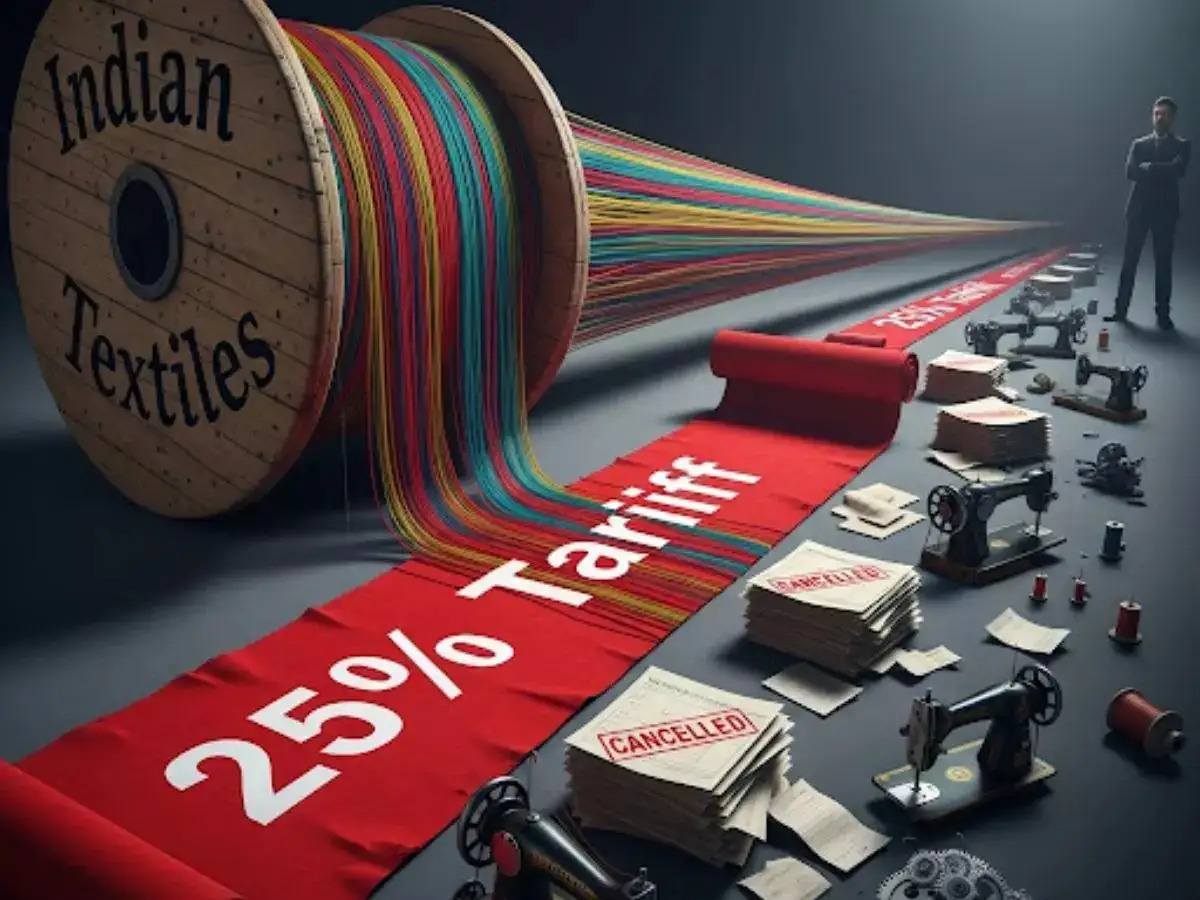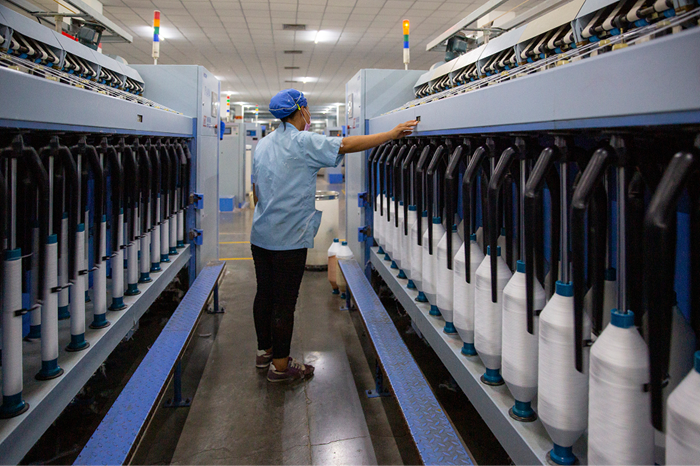
The allure of ultra-cheap clothing often masks the intricate economic and social factors that enable low prices. While online platforms tempt consumers with dresses priced as low as $5, a growing discourse examines the true cost, particularly when considering domestic production with fair labor practices and quality materials. Expert analyses reveal that ‘Made in USA’ tags could translate to significantly higher retail prices, exposing the hidden costs embedded within the current fast-fashion model.
Calculations based on material costs and prevailing wages in the US suggest a substantial price rise for consumers. A simple dress shirt or blouse, frequently manufactured overseas using inexpensive synthetic fabrics, could retail between $126 and $207 if produced domestically with organic cotton. Similarly, a pair of jeans, a seemingly basic wardrobe item, might cost consumers $234 to $324.
Table: Estimated retail price range for American-made clothing
Garment Estimated retail price ($) Cost drivers Dress Shirt/Blouse $126 - $207 Organic US cotton ($21 material cost), US labor ($18-$45), buttons ($3) Outdoor Jacket $332 - $1,644 Wool/rayon fabric ($70-$395), zipper/snaps ($3.40), complex US labor ($40-$150) Jeans $234 - $324 US denim ($24), hardware ($4), specialized US labor ($50-$80) Evening Gown $594 - $750 Imported silk ($78-$130), highly skilled US labor ($120) Formal Suit $750 - $2,610 Wool/lining fabric ($100-$620), intricate US labor ($150-$250)
Note: These are expert estimations and can vary based on numerous factors.
The stark contrast in potential pricing highlights the significant cost advantages derived from offshore manufacturing, often in nations with considerably lower labor standards and environmental regulations. Investigations, such as the 2022 report by the U.S. Department of Labor on garment factories in Los Angeles, revealed widespread wage violations and unsafe working conditions even within the US.
This underscores that the pursuit of lower costs can lead to exploitative practices regardless of location, although the scale is significantly larger overseas. Reports from organizations like the Clean Clothes Campaign consistently document issues of low wages, excessive working hours, and unsafe environments in garment factories across Asia, contributing to the low retail prices seen in fast fashion.
Tariffs impact on domestic production
The new tariffs on goods from various countries including China, has been argued as a way to incentivize domestic manufacturing (Office of the United States Trade Representative). The intent is to create a level playing field by increasing the cost of imported goods, theoretically making domestically produced items more competitive. However, the effectiveness of tariffs shifting manufacturing back to the US is debated. A 2021 study by the Peterson Institute for International Economics found that while tariffs increased the cost of imported goods for US consumers, they did not lead to a substantial resurgence in domestic manufacturing. Businesses often absorbed some of the tariff costs or shifted sourcing to other low-cost countries.
Reshoring initiative of American Giant
American Giant, a US-based clothing company, provides a contrasting example. Founded on the principle of domestic manufacturing using high-quality materials and paying fair wages, their products command a premium price. Their signature hoodie, for instance, retails for over $100. The company has shown that a segment of consumers is willing to pay more for American-made goods, citing quality, ethical production and job creation as key factors. However, scaling this model to meet the demand of the broader fast-fashion market presents significant challenges in terms of production capacity and cost competitiveness.
Falling domestic manufacturing and supply chain vulnerabilities
The erosion of the US garment manufacturing sector over the past few decades has created hurdles for large-scale reshoring efforts. Numerous domestic factories have closed due to competitive pressures, leading to a falling skilled workforce and a fragmented supply chain. Data from the Bureau of Labor Statistics shows a consistent decline in textile and apparel manufacturing employment in the US since the 1990s. This hollowing out means even if companies wanted to produce more domestically, the infrastructure and expertise are not readily available. Furthermore, the US relies heavily on imports for raw materials like high-quality cotton, silk, and wool, adding complexity and cost to domestic production.
Shifting consumer perceptions
While consumers have become accustomed to low clothing prices, there is a growing awareness of the social and environmental costs associated with fast fashion. Movements advocating sustainable and ethical fashion are gaining traction, suggesting a potential shift in consumer values. However, translating this awareness into widespread willingness to pay significantly higher prices remains a challenge.
Ultimately, the question of how much clothes would cost if made in the US highlights a fundamental trade-off between price, ethics, and sustainability. While domestic production with fair labor and quality materials would undoubtedly lead to higher retail costs, it also offers the potential for a more responsible and resilient fashion industry. At the same time, while challenges exist, targeted policies, consumer demand for ethical products, and strategic business models could play a role in gradually reshaping the landscape of clothing manufacturing. The significant price differential serves as a stark reminder of the true cost of the cheap clothing that dominates the current market.












